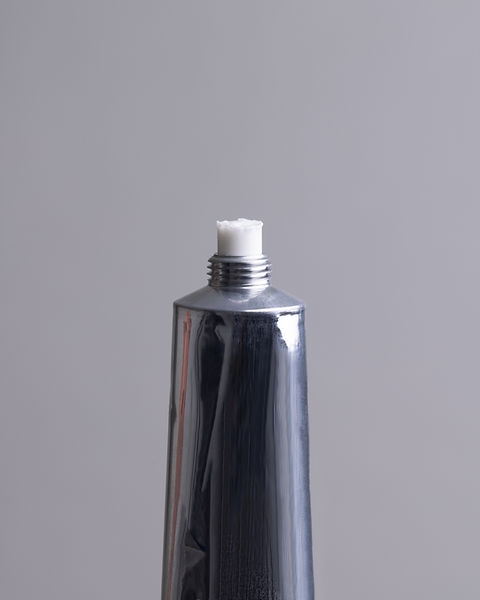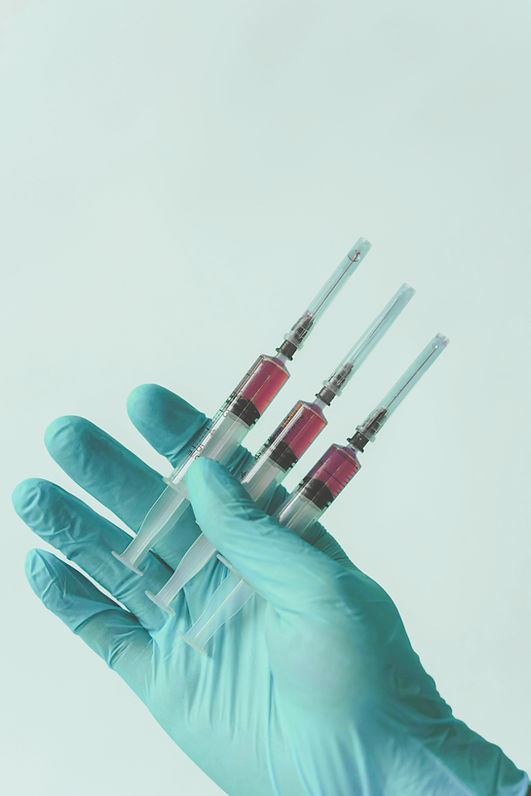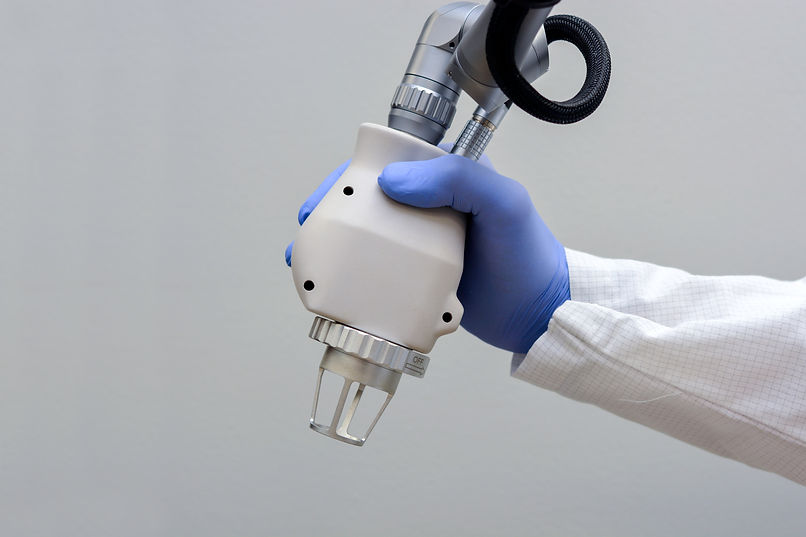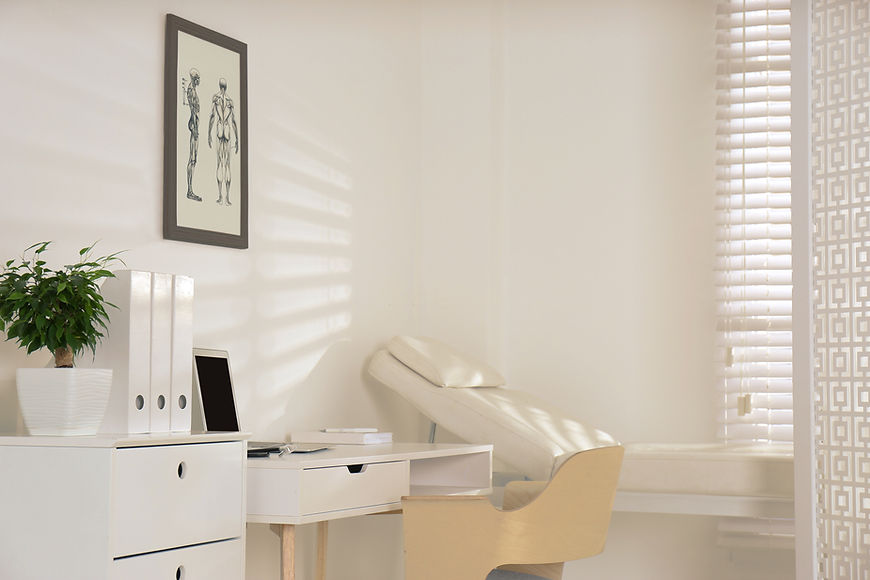This is not a site designed to diagnose your specific health conditions- it is INFORMATIONAL ONLY
Treatments for Vulvar Lichen Sclerosus
Scroll through to see applicable and researched treatments for Vulvar Lichen Sclerosus.

Topical Corticosteroids
The primary treatment for VLS is clobetasol propionate ointment*, a high-potency topical corticosteroid.
Studies show remission rates of up to 91% with consistent use (Krapf et al., 2020). Benefits include:
-
Reduction of inflammation, itching, and discomfort (Bradford & Fischer, 2010).
-
Prevention of structural complications, such as labial fusion or clitoral adhesion, when applied early and consistently (Bradford & Fischer, 2010).
-
Maintenance therapy involves twice-weekly application during remission to reduce flare-ups and lower the risk of vulvar squamous cell carcinoma (VSCC) (Krapf et al., 2020).
*It is noted that the use of clobetasol as an OINTMENT is important to differentiate. There is a clobetasol cream, which has an alcohol base. In many cases, alcohol based creams can irritate the skin and this can cause it to be ineffective. Ointment, specifically, should be used instead of creams.

Alternative Topical Treatments
For individuals that cannot use corticosteroids, calcineurin inhibitors like pimecrolimus and tacrolimus are viable options. While less effective, they help reduce inflammation and improve sexual distress (Burrows et al., 2011).

Platelet Rich Plasma (PRP) Therapy
Platelet-rich plasma (PRP) therapy is a new treatment option for vulvar lichen sclerosus (VLS). It works by using the body’s natural healing powers to repair damaged tissue. In this treatment, a small amount of blood is drawn from the patient, processed to concentrate the platelets (the cells responsible for healing), and then injected into the affected area of the vulva. These platelets release special growth factors that help rebuild healthy skin, improve blood flow, and reduce inflammation.
How Does PRP Help with VLS?
PRP therapy has shown promise in helping people with VLS by:
-
Reducing common symptoms like itching, burning, and pain during sex.
-
Helping the skin look and feel healthier by repairing tissue damage.
-
Avoiding the side effects of long-term steroid use.
What Does the Research Say?
While PRP therapy is still being studied, early research shows positive results:
-
Many patients report relief from symptoms after just two treatments spaced a few weeks apart.
-
Doctors have seen improvements in the skin’s appearance and texture.
Things to Consider
PRP is a minimally invasive option, but it’s not yet widely available. It can also be expensive since it’s a newer treatment and not always covered by insurance. More research is ongoing to make the process even better and to learn how it can work with other treatments.
What’s Next for PRP?
Scientists are working to understand how PRP can be combined with other therapies to help even more people with VLS. As this research grows, PRP therapy could become a game-changer for managing vulvar lichen sclerosus.

Non-Pharmacologic Therapies
Emerging treatments are available for refractory cases:
Fractional CO2 Laser Therapy: Promotes tissue regeneration and reduces symptoms (Baggish, 2016).
Er:YAG Laser Therapy: Improves skin texture and symptom relief in hyperkeratotic VLS (Hobson et al., 2019).
These therapies may be combined with topical treatments for enhanced outcomes (Patel et al., 2021).

Long-Term Management
VLS requires lifelong management. Regular follow-ups are crucial to:
Adjust treatment plans based on symptoms.
Screen for complications like malignancy (Cooper et al., 2004).
Education on proper steroid application and self-monitoring for symptoms is essential to prevent recurrence and ensure effective management (Felmingham et al., 2017).

Surgical Interventions
In advanced VLS with complications, surgery can restore function and comfort:
Dorsal slit surgery: Relieves clitoral phimosis caused by scarring (Goldstein, 2008).
Perineoplasty: Repairs fissures and restores the vulvar structure for improved comfort and sexual function (Goldstein, 2011).